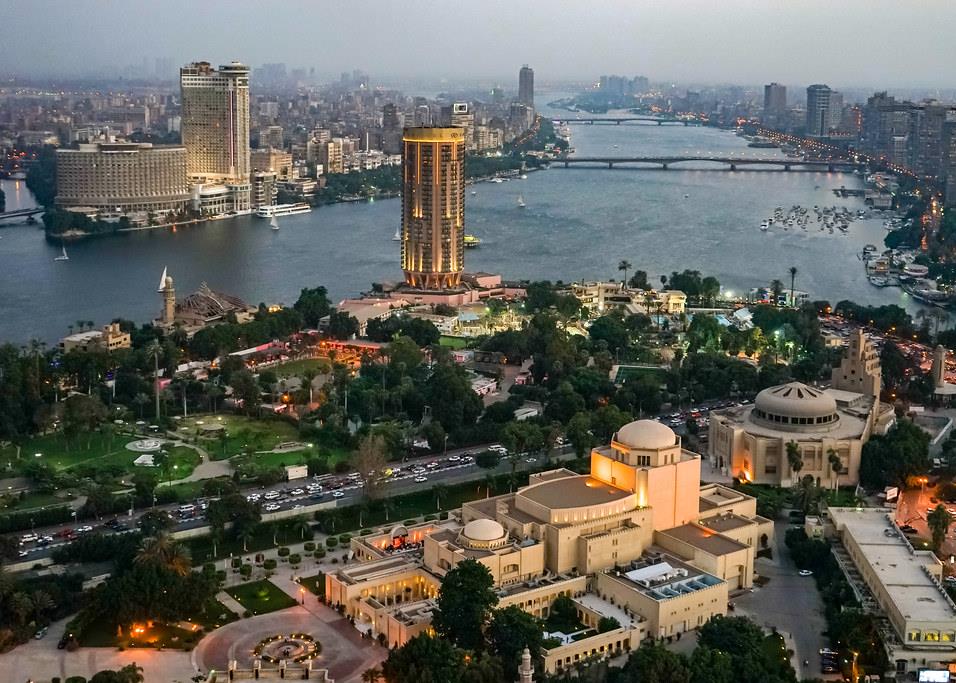

The GCC’s construction sector has witnessed significant changes over the past five years. The consistently low oil prices since 2014 have forced a complete overhaul of governments’ spending plans. Expenditure has been cut, priorities have shifted and the way that projects will be delivered in the future is set to change, as governments are no longer looking only for contractors to build their projects, but also for investors to help fund them.
The reduction in new project opportunities has increased competition for contracts, forcing contractors to lower tender bid prices in order to win work, thereby eroding profit margins.
At the same time, the fiscal adjustments being made by governments has led to lengthening delays in contract payments.
Government-backed clients are in the best position to respond to the new environment, provided they commit to investing in the construction companies themselves, rather than just in projects. This would make it more likely for the region’s contractors to survive the downturn and help to ensure projects, and visions, are delivered.
But it could take time for this new environment to come about, and in the meantime, contractors will continue to struggle with profit margins and the threat of projects being cancelled.
Fragmented industry
Compared to oil and gas, the construction sector is highly fragmented, both in terms of contractors and clients. This means that it is only the public sector, which accounts for a significant portion of projects in the Gulf, that can really change the current situation. As regulators and major clients, the region’s governments have the authority to push for improvements in delivery.
Greater standardisation of building regulations and encouraging contractors to adopt new technologies could help project delivery, although this may come at a cost many contractors are not willing to bear.
Contractors often have their own biases and will select materials and specifications that they have used before, which can result in increased costs, as well as complicated procedures for operators and maintenance contractors.
Where construction contractors can frequently finish years over schedule, this would seem unimaginable for a major oil and gas project. Because of the close collaboration between contractors and clients, the majority of the work is pushed to the front of the EPC schedule during the engineering phase. This is true even on greenfield sites, where it is not uncommon for a contractor to spend several years working on engineering and fabricating modules before ever getting onto the site.
Simple solutions
 Construction project delivery tends to be shaped from the bottom up by the capacity of the project supply chain, rather than top down from the engineering stage. An oil and gas job, on the contrary, is top down and engineering driven. It is a subtle difference.
Construction project delivery tends to be shaped from the bottom up by the capacity of the project supply chain, rather than top down from the engineering stage. An oil and gas job, on the contrary, is top down and engineering driven. It is a subtle difference.
“A lot of Middle East mechanical, electrical and plumbing (MEP) is [now] starting to adopt oil and gas principles,” says one source. “It is getting there. They are learning, and companies that get involved in both are more successful because of their ability to predict and plan.”
Modular solutions are another possibility, although the success of this would depend on the specific economics of the project.
“It may be easier and cheaper for a project in a country with very tough labour unions to just have modular units fabricated overseas and put on barges to be assembled and connected on site, rather than building directly on site,” one contractor says.
For gas processing plants, this could become common. Total is now building small-scale modular LNG plants in Oman, using technology from Japan’s JGC Corporation. Aimed at the burgeoning LNG bunkering market, the modular facilities are a new alternative to large, fully customised and considerably more expensive LNG plants, and can be installed in much less time.
Other contractors such as TechnipFMC are also developing standardised equipment for subsea processing facilities. These can be delivered and installed in a fraction of the time compared to custom-made equipment.
Using standardised equipment like this could help accelerate the time to producing the first oil and gas from a field, as well as reducing the manpower and lowering fabrication costs. However, for more complicated refining processes, this may not always be an option.

This article is extracted from a report produced by MEED and Mashreq titled Transforming Construction: Lessons from Oil & Gas. Click here to download the report
You might also like...

Red Sea Global awards Marina hotel infrastructure
18 April 2024

Aramco allows more time to revise MGS package bids
18 April 2024

Morocco tenders high-speed rail project
18 April 2024
A MEED Subscription...
Subscribe or upgrade your current MEED.com package to support your strategic planning with the MENA region’s best source of business information. Proceed to our online shop below to find out more about the features in each package.





